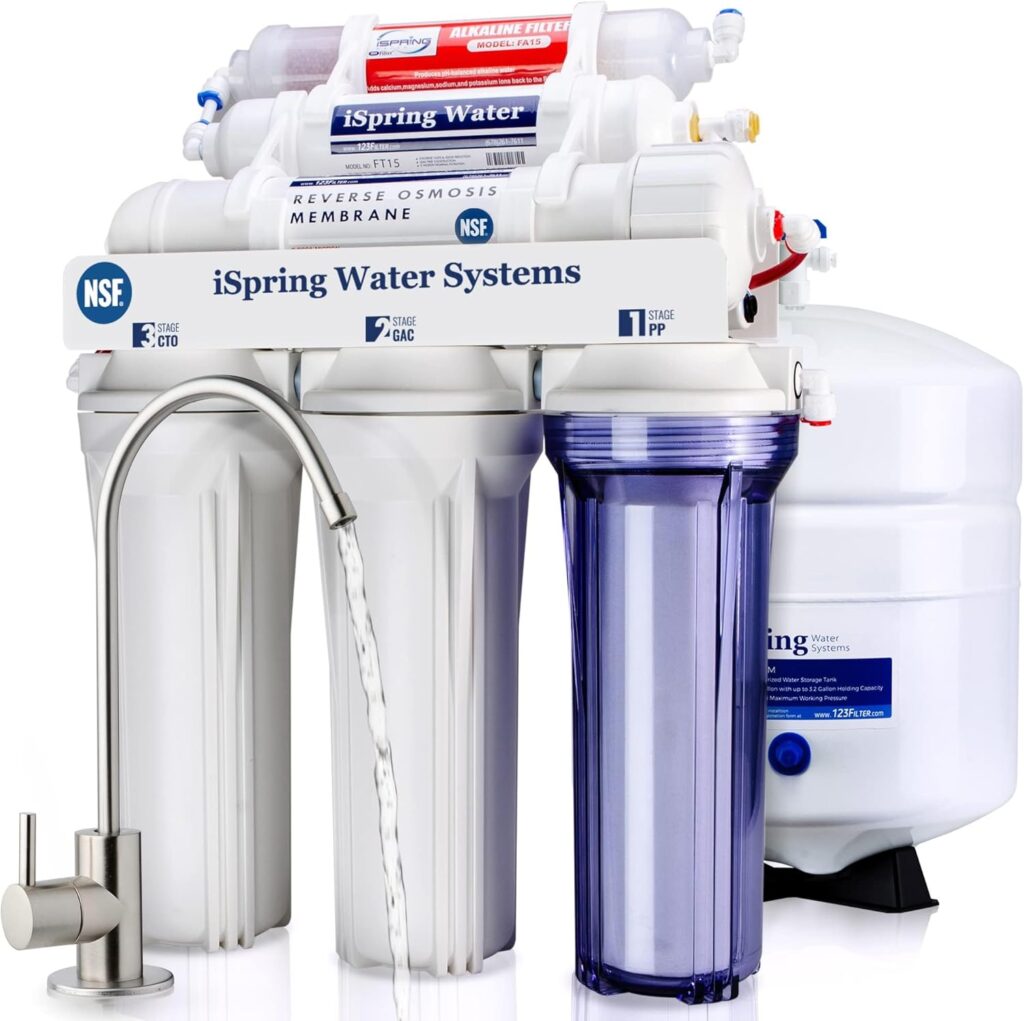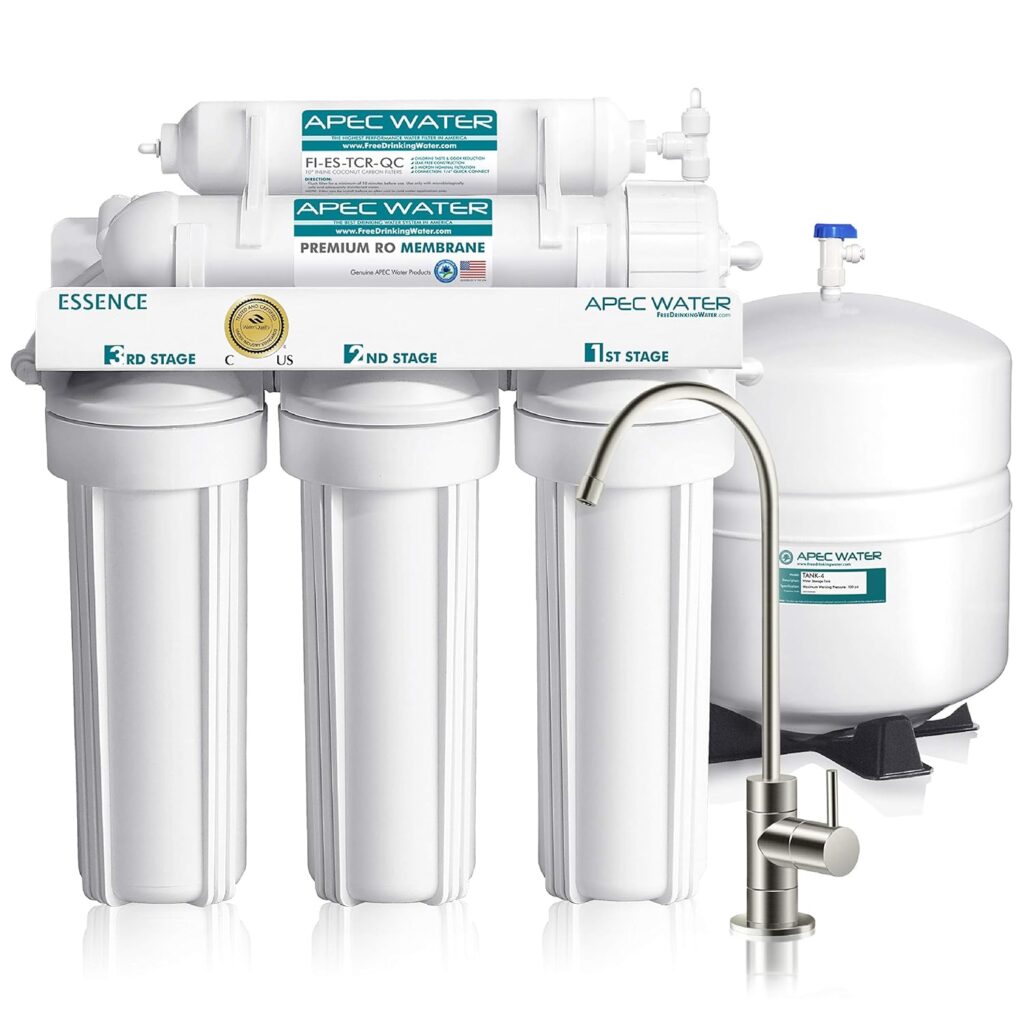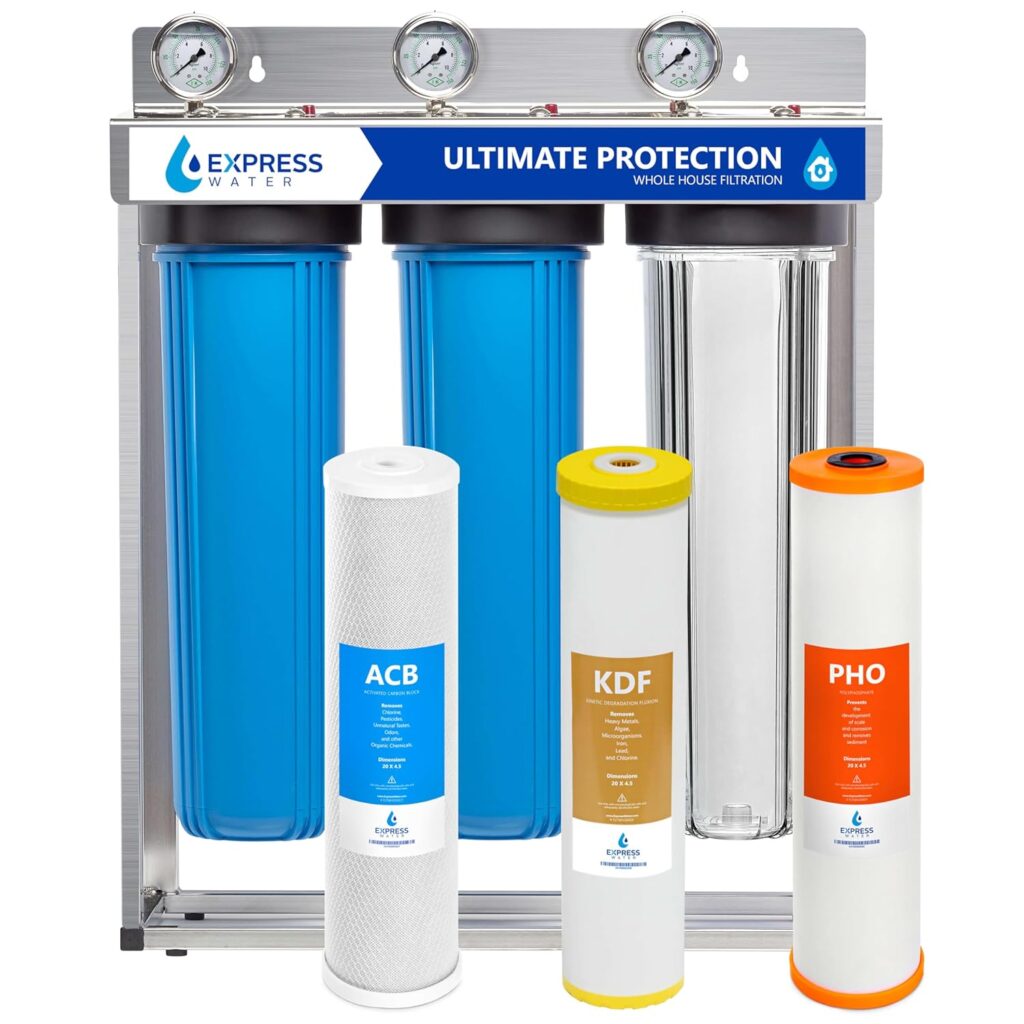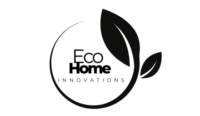Access to clean, purified water is essential for a healthy lifestyle, but with so many contaminants and pollutants present in our water supply, how can you ensure your water is safe to drink? The answer lies in choosing the Best Water Purification Systems for your home. With various purification technologies available, it can be overwhelming to select the right one. This guide will help you understand what to look for, how to choose the best system for your needs, and provide some top recommendations to keep your water pure.
Why Do You Need a Water Purification Systems?
Even if your water looks clean, it might still contain harmful substances like bacteria, lead, chlorine, and other contaminants. Over time, these can impact your health, especially for vulnerable populations like children and the elderly. A best water purification systems remove harmful particles and improves the taste and quality of your drinking water.
Here are some common reasons you might consider investing in a water purification system:
- Improved Taste and Odor: Chlorine, sediment, and organic compounds in water can affect the taste and smell. Purification systems help eliminate these impurities, making your water taste fresher.
- Removal of Contaminants: Purifiers remove harmful bacteria, viruses, chemicals, and heavy metals from the water, ensuring it is safe to consume.
- Health Benefits: Drinking purified water can reduce the risk of waterborne diseases, especially for those with weakened immune systems.
- Convenience: Instead of buying bottled water, a purification system allows you to enjoy clean water directly from the tap.
Key Factors to Consider When Choosing the Best Water Purification Systems
Before selecting a system, there are several key factors to consider ensuring you choose the best one for your household:
1. Types of Contaminants
Different systems target specific contaminants, so it’s important to know what impurities are in your water. For example:
- Reverse osmosis systems remove lead, mercury, and chlorine.
- UV systems kill bacteria and viruses but may not remove heavy metals.
- Activated carbon filters are effective for chlorine and odor but may not eliminate bacteria.
2. Purification Technology
Each water purification system uses different technologies to clean water. Here are the most common types:
- Reverse Osmosis (RO): Effective at removing a wide range of contaminants, including dissolved salts and heavy metals.
- Ultraviolet (UV) Purification: Kills bacteria and viruses, providing protection against harmful microorganisms.
- Carbon Filtration: Uses activated carbon to absorb contaminants like chlorine, pesticides, and volatile organic compounds (VOCs).
- Distillation: Heats water to create steam, leaving behind impurities and providing purified water.
3. Water Usage
The size of your household and your water usage should guide the capacity of the water purifier you choose. Larger homes with high water consumption may benefit from whole-house filtration systems, while smaller households may only need point-of-use systems.
4. Ease of Installation and Maintenance
Some systems are easy to install and maintain, while others may require professional help. Consider how much time and effort you’re willing to invest in keeping the system running efficiently.
5. Certification and Testing
Look for systems that have been tested and certified by reputable organizations like NSF International or the Water Quality Association (WQA). These certifications ensure that the system meets safety standards and effectively removes contaminants.
Best Water Purification Systems for Your Home
Below, we have curated a list of some of the best water purification systems currently available. These systems provide excellent filtration, are easy to use, and have strong customer reviews. Choose the one that best fits your household’s needs.

1. iSpring RCC7AK 6-Stage Reverse Osmosis System
- Technology: Reverse Osmosis
- Key Features:
- Alkaline remineralization filter adds healthy minerals back into the water
- Removes up to 99% of over 1,000 contaminants, including lead, chlorine, and fluoride
- Easy installation and clear instructions
- Pros:
- Produces crisp, clean-tasting water
- Excellent contaminant removal
- Cons:
- May waste more water compared to other systems
- Why It’s Great: Ideal for households seeking a robust purification system with the added benefit of healthy minerals in the water.

2. APEC Water Systems ROES-50 Reverse Osmosis System
- Technology: Reverse Osmosis
- Key Features:
- 5-stage filtration process removes up to 99% of contaminants
- Certified by WQA for excellent contaminant reduction
- Long-lasting filters and low maintenance
- Pros:
- High-quality, affordable system
- Provides clean, great-tasting water
- Cons:
- Requires installation under the sink
- Why It’s Great: APEC’s system is one of the most reliable and affordable reverse osmosis units, perfect for those looking for efficient purification at a reasonable price.

3. Aquasana 3-Stage Max Flow Under Sink Water Filter System
- Technology: Carbon Filtration
- Key Features:
- Removes up to 99% of 77 contaminants, including lead and mercury
- High flow rate for fast, easy access to clean water
- Claryum technology filters out harmful substances while retaining beneficial minerals
- Pros:
- Easy to install and maintain
- Maintains healthy minerals in the water
- Cons:
- Limited contaminant removal compared to RO systems
- Why It’s Great: A great choice for those who want clean water with minimal installation and maintenance efforts.

4. Brita UltraMax Water Dispenser
- Technology: Activated Carbon Filtration
- Key Features:
- Large capacity of 18 cups
- Reduces chlorine, mercury, copper, and cadmium
- BPA-free plastic design
- Pros:
- Convenient for use in refrigerators
- No installation required
- Cons:
- Needs frequent filter replacement
- Why It’s Great: The Brita UltraMax is perfect for small households or individuals who want a simple, cost-effective solution for clean drinking water.

5. Express Water Whole House Water Filtration System
- Technology: Multi-stage filtration (Carbon, Sediment, KDF)
- Key Features:
- Filters all the water entering your home, ensuring pure water for drinking, bathing, and cleaning
- Removes a wide range of contaminants, including chlorine, rust, and pesticides
- Easy-to-replace filters
- Pros:
- Protects the entire household
- Low maintenance requirements
- Cons:
- Higher upfront cost compared to point-of-use systems
- Why It’s Great: This whole-house system is excellent for families who want purified water throughout their entire home.
How to Install and Maintain Your Water Purification Systems
Once you’ve chosen the best water purification systems for your home, proper installation and maintenance are key to ensuring long-lasting performance.
1. Installation
- Many systems, such as countertop or pitcher filters, require little to no installation. However, systems like reverse osmosis or whole-house filters typically require more work and may need professional installation.
- Always follow the manufacturer’s instructions closely to avoid issues and ensure optimal performance.
2. Maintenance
- Regular filter changes are essential to keep your system working effectively. Most filters should be replaced every 6 months to a year, depending on the model and your water usage.
- If your system includes a sediment filter, ensure you flush it periodically to prevent clogging.
- Be sure to monitor your water for any changes in taste, smell, or pressure, which could indicate it’s time for maintenance.
Final Thoughts: Choosing the Best Water Purification Systems for Your Home
With so many options available, selecting the best water purification systems for your household can feel overwhelming. By understanding your water quality needs, the types of contaminants present, and the different purification technologies, you can find a system that fits your lifestyle and provides safe, clean water for you and your family.
Investing in a water purifier not only enhances the taste and quality of your water but also gives you peace of mind knowing that harmful contaminants are being removed.
Affiliate Disclosure: Some of the links in this post are affiliate links. If you click on them and make a buy, I earn a small commission at no extra cost to you. I only recommend products I personally believe in for their quality and authenticity.
